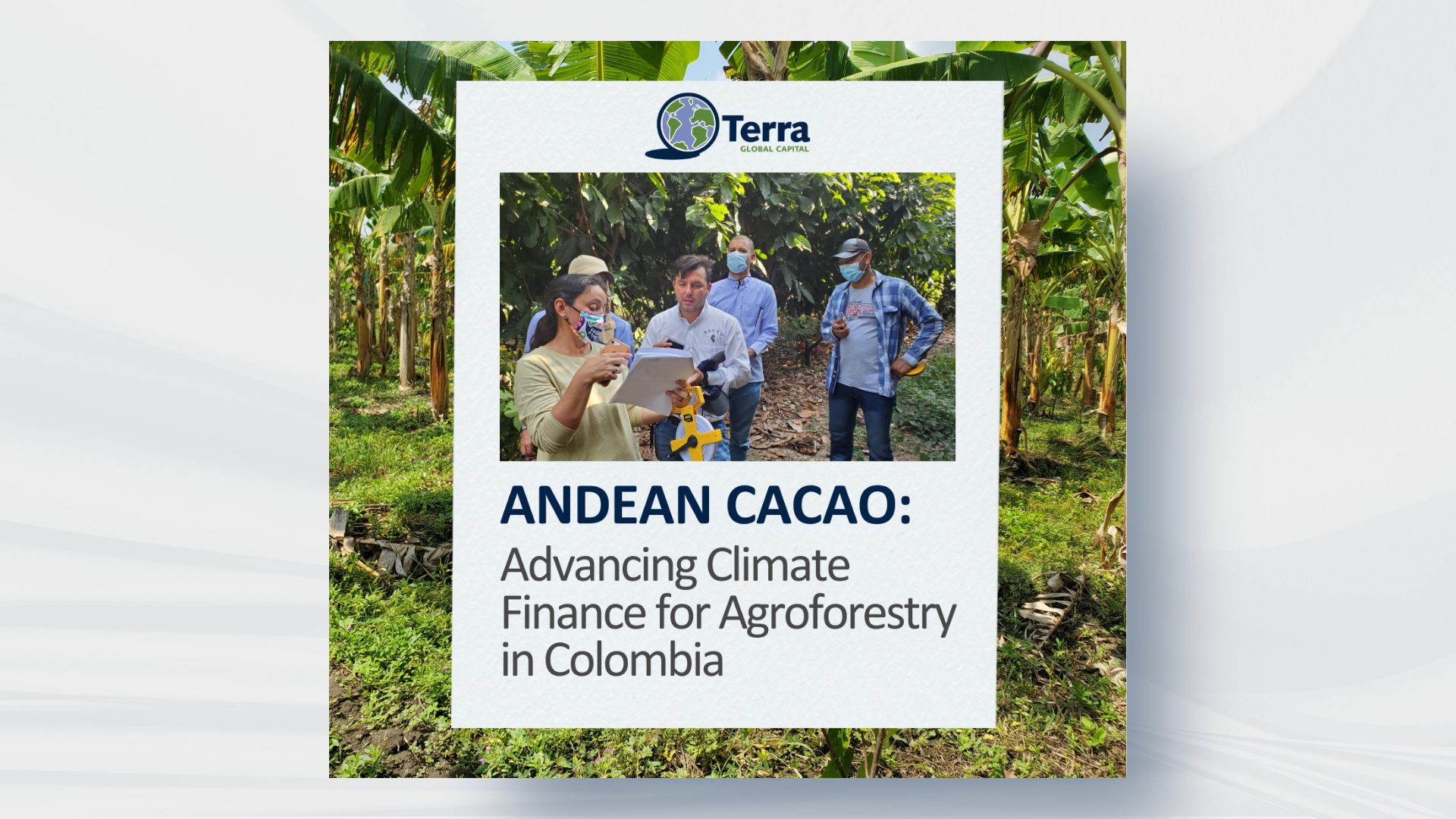The Kulera Landscape REDD+ (Reduced Emissions for Deforestation and Degradation) Program in Malawi is the first landscape REDD+ program in Africa to complete verification of emission reductions under the Verified Carbon Standard (VCS) with a triple gold Climate, Community and Biodiversity (CCB) accreditation for emission reductions. As only the third project in the world to gain CCB triple gold this demonstrates the highest community, biodiversity and adaptation benefits are being generated by the project. The Kulera REDD+ Program, developed as a part of the USAID funded Kulera Biodiversity Project and implemented by The Malawi Department of National Parks and Wildlife, Nyika-Vwaza Association, the Nkhotakota Wildlife Reserve Association, Total LandCare and Terra Global Capital delivers emission reductions that once sold will provide on-going financial support for sustainable forest and land-use management.
The Kulera Landscape REDD+ Program is one of the largest REDD+ programs in Africa covering 455,130 hectares, benefiting the livelihoods of more than 65,000 households (or 325,000 people) in 800 villages. These communities have engaged with the government to co-manage three key protected areas, Nyika National Park, Vwaza Wildlife Reserve, and Nkhotakota Wildlife Reserve. The program increases governance of protected areas, improves rural livelihoods, builds climate smart agriculture practices, promotes fuel efficient stoves and creates new community income streams from enterprise development. The Kulera Landscape REDD+ Program also delivers significant biodiversity benefits, contributing to the protection and conservation of Malawi’s most important protected areas, which are home to many threatened and endangered species such as the African elephant, lions and several species of birds. The Kulera Landscape REDD+ Program has provided invaluable local capacity development for emission reduction activities and quantification and has contributed to the development of Malawi’s National REDD+ Program.
Brighton Kumchedwa, Director of the Department of National Parks and Wildlife, commented, “With strong co-management with local communities, we are able to produce emission reductions that if valued by results-based programs or voluntary markets will provide the long-term financial incentives needed to meet Malawi’s climate change policy objectives and improve rural livelihoods.” According to Leslie Durschinger, Founder and Managing Director of Terra, “Working with our local partners we are proud to have delivered high impact emission reductions that meet investment-grade requirements. We also deployed a new VCS landscape accounting methodology that we developed that integrates REDD+ and cookstoves to avoid methodological errors that could lead to double counting of emission reductions.”




